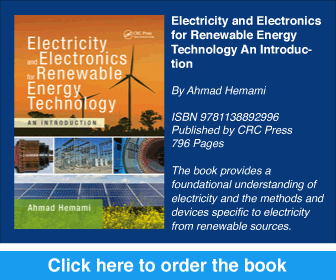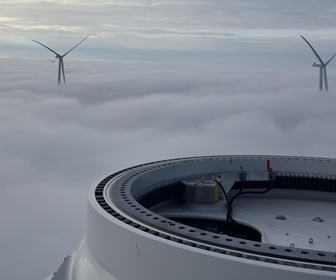The global move towards cleaner energy remains steady despite a sharp slowdown in the United States caused by recent policy reversals. According to the ninth edition of DNV’s Energy Transition Outlook, the US slowdown will have only a marginal effect on global progress, with momentum continuing elsewhere, particularly in China.
In the USA, renewed support for fossil fuels and weakened climate measures are expected to delay emission reductions by about five years. Annual carbon dioxide emissions could be 500 to 1,000 million tonnes higher than previously projected. Meanwhile, China continues to lead renewable energy deployment, accounting for 56% of global solar photovoltaic installations and 60% of new wind capacity this year. The country’s growing clean technology exports are also helping to drive global progress.
DNV now forecasts a slightly slower transition, with the global energy mix in 2050 expected to be split 51% to 49% between fossil and non-fossil fuels. Global carbon dioxide emissions for 2050 are projected to be about 4% higher than last year’s estimate.
Artificial intelligence is emerging as a significant energy consumer, though it is expected to use only 3% of global electricity by 2040. Energy use by data centres will increase fivefold by 2040, reaching 5% of total global electricity demand, of which 3% will be for AI and 2% for general computing. Regional differences are notable; in North America (the USA and Canada), the 2040 share will reach 16%, with 12% attributed to AI.
Electricity generation continues to grow rapidly, becoming both cleaner and more central to the energy system. Global power generation is projected to rise by 120% by 2060, increasing its share of total energy demand from 21% today to 43% in 2060. The milestone of 50 million battery electric vehicles was reached in 2025. Global solar photovoltaic capacity is expected to surpass 3000 GW this year, with China installing more than twice as much as Europe, the next largest market.










